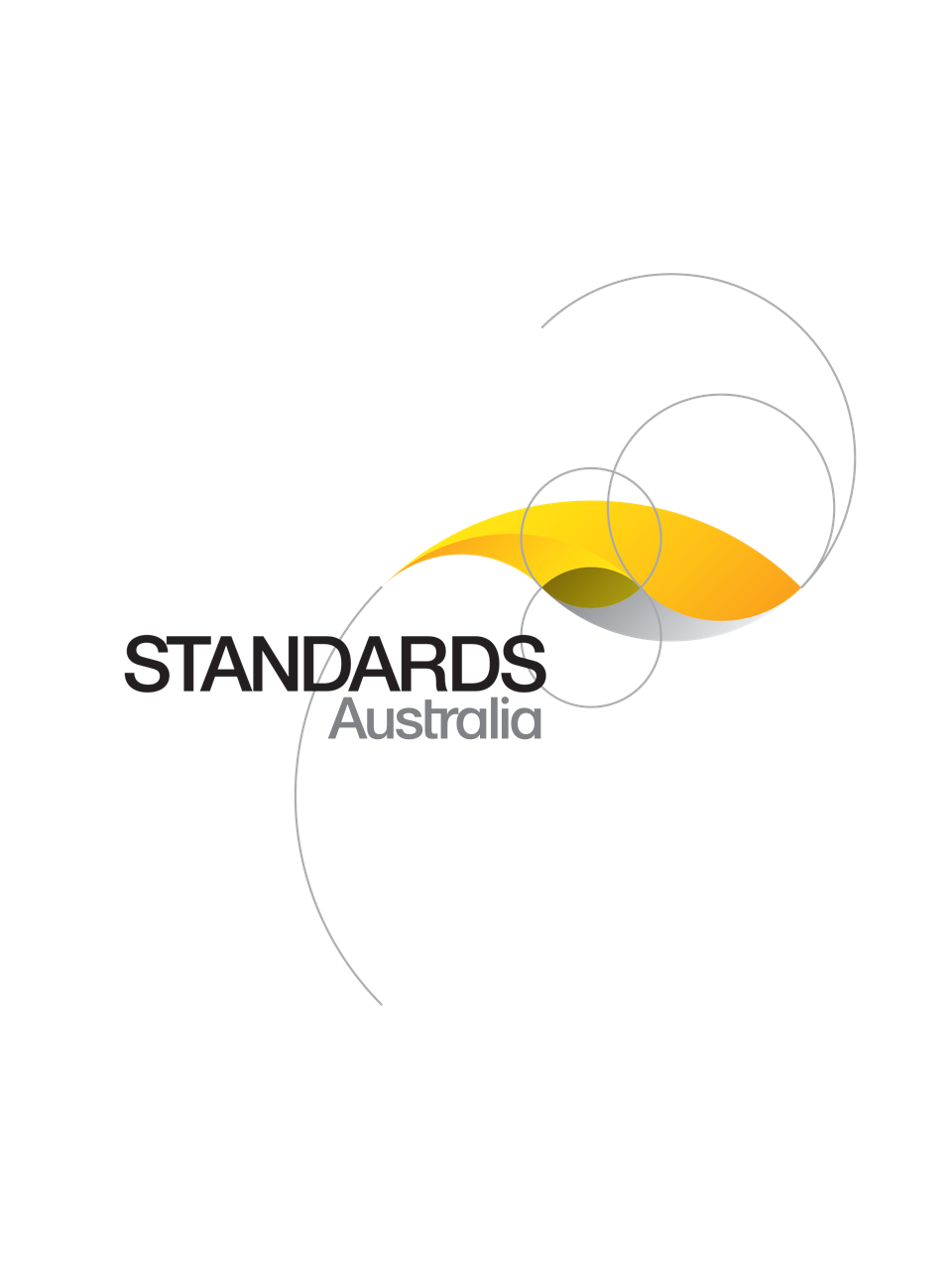Standard
Track updates
AS 1671.1-1987
[Current]Lead alloys, Part 1: Determination of antimony content — Flame atomic absorption spectrometric method
Sets out a flame atomic absorption spectrometric method for the determination of antimony in lead alloys in the concentration range 0.1 to 3.5 percent antimony. The method is suitable in the presence of up to 2.5 percent tin and 2.5 percent arsenic. This Standard is a new edition of AS 1671.1-1974 without technical alterations.
Published: 04/05/1987
Pages: 3
Table of contents
Cited references
Content history
Table of contents
Header
About this publication
PREFACE
1 SCOPE
2 APPLICATION
3 REFERENCED DOCUMENTS
4 PRINCIPLE
5 REAGENTS
5.1 General requirements
5.2 Solids
5.2.1 Lead
5.2.2 Citric acid
5.3 Solution
5.3.1 Nitric acid (200 mL/L)
5.4 Standard solution
5.4.1 Standard antimony solution (1 mL ≡ 1 mg Sb)
6 APPARATUS
6.1 Glassware
6.2 Analytical balance
6.3 Atomic absorption spectrometer
6.3.1 Minimum sensitivity
6.3.2 Operating parameters
7 SAMPLING
8 PROCEDURE
8.1 Blank test
8.2 Check test
8.3 Dissolution of the sample
8.3.1 Antimony in the range 0.10 to 1.00 percent
8.3.2 Antimony in the range 1.00 to 3.5 percent
8.4 Atomic absorption measurement
9 CALIBRATION
9.1 Antimony in the range 0.10 to 1.00 percent
9.2 Antimony in the range 1.00 to 3.5 percent
9.3 Preparation of calibration graph
10 CALCULATION
11 PRECISION
12 ACCEPTANCE OF ANALYTICAL VALUES
13 TEST REPORT
Cited references in this standard
BS 4237
Report on Reproducibility of Methods of Chemical Analysis Used in the Iron and Steel Industry
[Superseded]
Code of practice for the chemical analysis of materials by flame atomic absorption spectroscopy
One-time Purchase
Access via web browser on any device
One-time purchase
Single publication
Offline access via PDF^
$28.78 AUD
Inclusive of GSTFormat *
Web Reader
Licenses *
1 License (for yourself - not shareable)
Total$28.78 AUD
IMPORTANT
